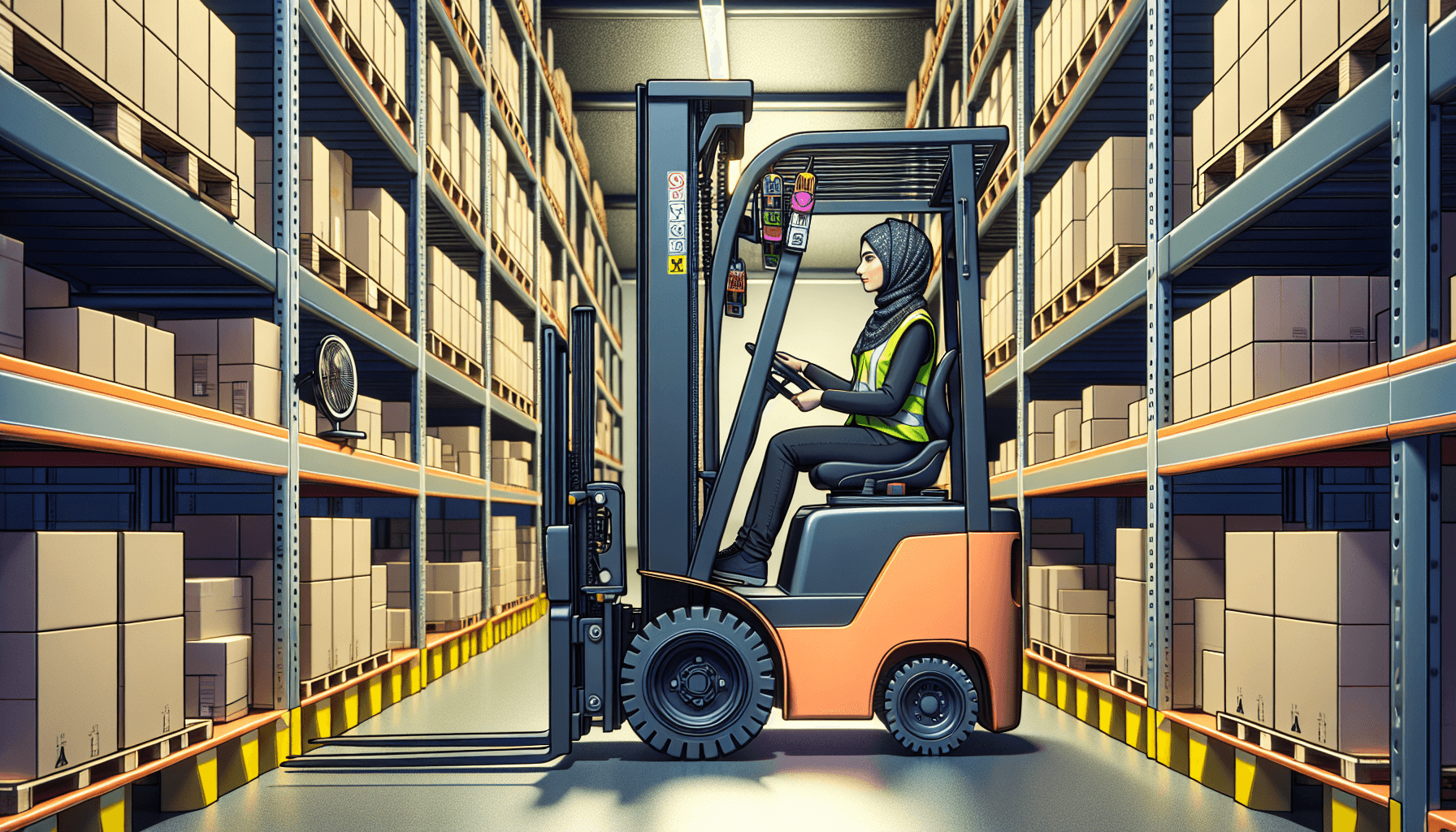Forklifts are a crucial part of warehouse operations, allowing for efficient movement and handling of heavy loads. However, operating forklifts in narrow aisles can pose significant safety risks if proper precautions are not taken. In this article, we will explore effective strategies to improve forklift safety in narrow aisles.
1. Provide Proper Training
One of the most important steps in improving forklift safety in narrow aisles is to provide comprehensive training to forklift operators. They should be trained on proper operating procedures, including how to navigate through narrow spaces, maintain stability, and handle different types of loads.
It is essential to cover topics such as load capacity limits, proper braking techniques, and how to handle corners and intersections in narrow aisles. Additionally, operators should be educated about the potential hazards posed by blind spots and the importance of regularly checking mirrors and using spotter personnel.
At HCO Innovations, we understand the significance of proper training. Our warehouse safety evaluation services can help identify training opportunities and ensure your forklift operators are equipped with the knowledge and skills needed to safely navigate narrow aisles. Contact us to learn more.
2. Optimize Aisle Layouts
The layout of your warehouse aisles plays a critical role in forklift safety. Narrow aisles can increase the risk of collisions and make it challenging for operators to maneuver their forklifts safely. Optimizing aisle layouts can help mitigate these risks.
Consider widening narrow aisles where possible to allow for easier passage of forklifts. This may involve rearranging shelving units or removing unnecessary obstacles. Clear signage and floor markings can also help guide forklift operators and indicate the appropriate paths to follow.
Implementing advanced technologies such as automated guided vehicles (AGVs) or warehouse management systems (WMS) can further enhance aisle optimization and ensure smooth traffic flow, reducing the likelihood of accidents in narrow spaces.
3. Use the Right Equipment
Using the right forklift equipment is crucial for ensuring safety in narrow aisles. Consider investing in specialized forklift models designed explicitly for maneuvering in tight spaces. These forklifts are often narrower and have a tighter turning radius, making them better suited for navigating narrow aisles.
In addition to the right forklift, equipping them with safety features like rear-view cameras, proximity sensors, and audible alarms can further enhance safety in tight spaces. These features provide operators with better visibility and early warning of potential hazards.
Regular maintenance of forklifts is also essential to ensure optimal performance and safety. Conduct thorough inspections, including checking brakes, steering, and tires, to identify and address any potential issues before they become serious safety concerns.
4. Promote Good Housekeeping Practices
Effective housekeeping practices are vital for maintaining a safe work environment in narrow aisles. Cluttered aisles, debris, spills, and misplaced items can obstruct the path of forklifts and increase the risk of accidents. Implement proper storage and organization systems to minimize clutter.
Regularly inspect and clean the aisles to remove any hazards. Encourage employees to report and promptly address any spills or debris they come across. By promoting good housekeeping practices, you can significantly reduce the chances of accidents and injuries in narrow aisles.
5. Continuously Monitor and Improve Safety
Improving forklift safety in narrow aisles is an ongoing process. Regularly monitor your operations, identify any safety concerns or near-miss incidents, and take appropriate measures to address them. Encourage feedback from forklift operators regarding any issues they encounter and actively involve them in finding solutions.
Upgrade your safety measures as new technologies and best practices emerge. Stay informed about the latest advancements in forklift safety and implement them to continually improve the safety of your operations.
HCO Innovations is committed to helping warehouses optimize their safety, productivity, and efficiency. Our warehouse optimization solutions are designed to enhance all aspects of warehouse operations, including forklift safety in narrow aisles. Contact us to find out how we can assist you in improving your forklift safety measures and create a safer working environment.
Click here to learn more about our warehouse safety evaluation services.

